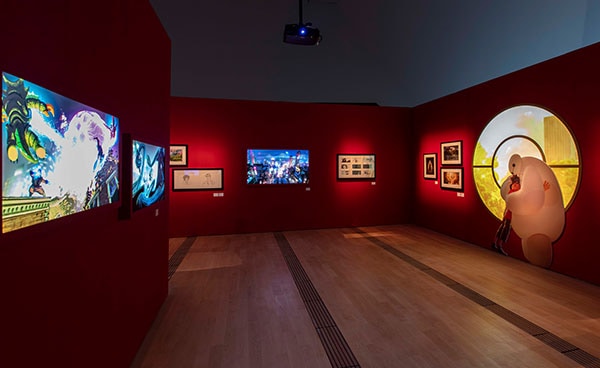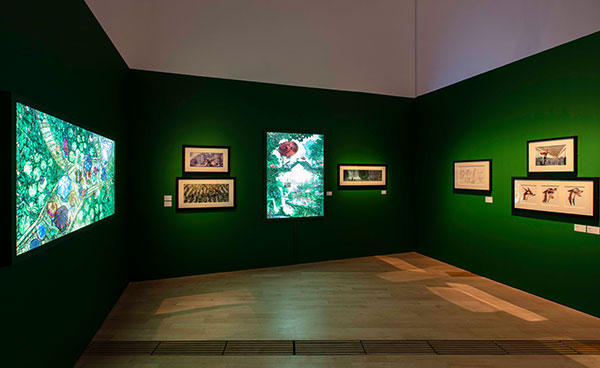Every 30 minutes from 10am. Last admission at 5.30pm.
Average Time Spent: 1.5 hours
en nav_sessionexpired Your session has expired. Please log in again. Confirm
OTP VERIFICATION Select your preferred verification method. Please note that certain countries may have SMS restrictions. If you do not receive an SMS OTP (one-time password), we recommend using email OTP instead. Mobile OTP Email OTP or Try another way VERIFY YOUR MOBILE NUMBER NOW VERIFY YOUR EMAIL ADDRESS NOW An SMS containing a one-time password (OTP) has been sent to your mobile number {#}. An email containing a one-time password (OTP) has been sent to your email address {#}. Your mobile number has been successfully verified. Your email address has been successfully verified. The OTP you have entered is incorrect. Didn't receive OTP? Resend OTP Resend a new OTP in {#} DONE OTP request failed. Please try again later. Duplicate OTP request. Please try again after the existing OTP expires. To verify your account, please complete the hCaptcha below. A one-time password will then be sent to your registered mobile number. To verify your account, please complete the hCaptcha below. A one-time password will then be sent to your registered email address. There is an error sending SMS OTP, we recommend using email OTP instead. Send Email OTP Cancel
15 Your session will expire in Click “Continue” to stay signed in or “Logout” to end your session now. {minute} min {second} sec 2 CONTINUE Log out
Marina Bay Sands Sorry, we are currently unable to connect you to our live chat agent.try again later.Thank you. 30
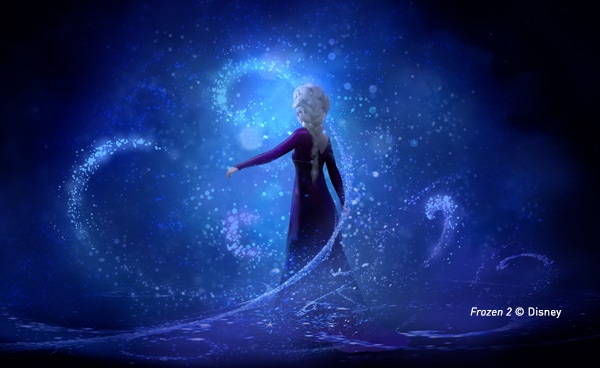

EXHIBITION
Shown in Southeast Asia for the first time, go behind-the-scenes in this rare opportunity to experience over 90 magical years of Disney animation. Delve into a world of art and technology developed by the talented artists and production teams of your favourite Disney animated films and stories.
The exhibition features more than 500 exceptional art pieces that span over nearly a century and and includes original drawings, paintings, sketches and concept art that have been specially curated by the Walt Disney Animation Research Library.
Artworks on display range from the timeless classics like Steamboat Willie (1928) to recent blockbusters such as Moana (2016) and Frozen 2 (2019), allowing you to discover how Disney Animation developed its numerous animation techniques, from the simplest hand-drawn lines to the most elaborate computer-assisted creations, to bring beloved animated characters to life.
In keeping with ArtScience Museum’s ethos of presenting captivating interactive exhibitions, the show also includes projections, audio-visual displays and alluring exhibits that transport visitors into the world of Disney’s films using hands-on educational activities.
![]() Admission Times
Admission Times
Every 30 minutes from 10am. Last admission at 5.30pm.
Average Time Spent: 1.5 hours
![]() Ticketed Admission
Ticketed Admission
Singapore Residents:
Adult: $16, Child: $12
Tourists:
Adult: $19, Child: $14
Additional ticket options available
Guided Tours available


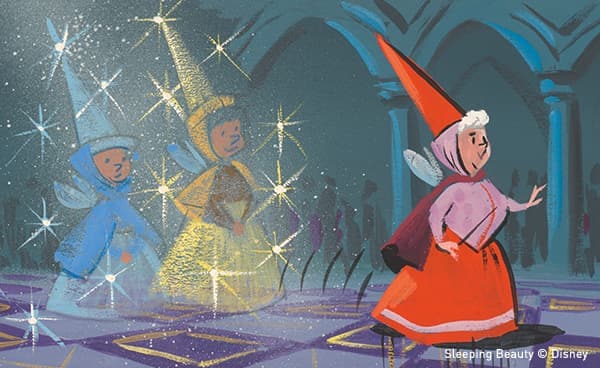


The exhibition begins by revealing how Disney animators of the 1930s revolutionised the existing animation techniques used to bring two-dimensional illustrations to life and pioneered various techniques for naturally portraying a variety of movements—including flying, squashing and stretching—as well as developing techniques for synchronising these movements with sound.
Discover how the characters we have grown to love started as two-dimensional illustrations and learn about the innovative techniques that animators used to portray movements naturally. It was the development of these fundamental animation techniques, which have been passed down to the present day, that first brought Disney characters to life.
Starting with Mickey Mouse, Disney artists amazed people around the world through the creation of a series of lovable characters with deeper emotional ranges that made audiences laugh and cry.
This section features original story sketches and animation drawings from some of the earliest Disney films. This gallery also includes a physical recreation of the iconic steamboat from Steamboat Willie (1928), the first Disney cartoon to have sound synchronised with the animation on screen.

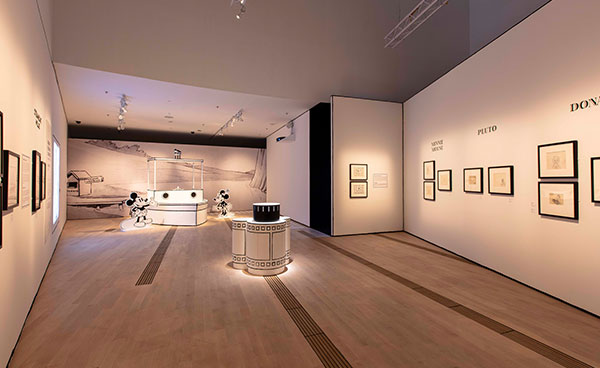
Bold technological innovations allowed Disney animators in the 1930s to explore and apply new artistic principles to capture nuances of human and animal movements and idiosyncrasies more accurately. Following the success of Snow White and the Seven Dwarfs (1937), the world's first feature-length animated film in Technicolor, Disney Studios’ artists threw themselves into the creation of a number of remarkable films including Pinocchio (1940), Fantasia (1940), Dumbo (1941) and Bambi (1942), amazing people all around the world with magical new animation techniques.
Through a series of concept artworks, story sketches and a display of the multiplane camera, the revolutionary filmmaking tool developed at Disney Animation, The Magic Begins explores the artistic principles and technological innovations that opened the door to a new means of expression.
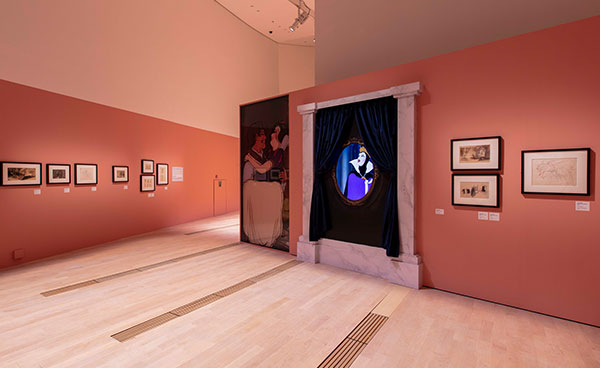

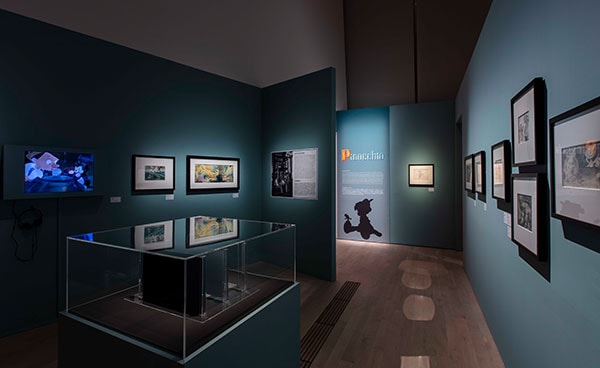
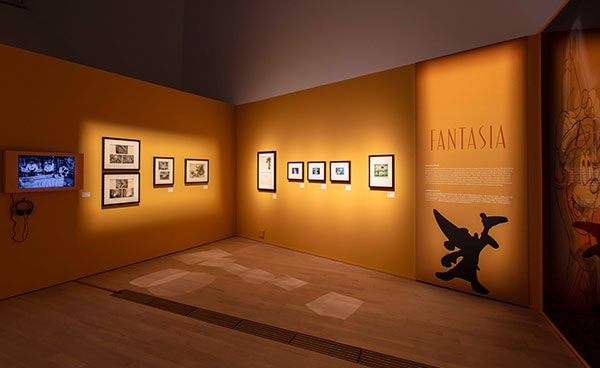


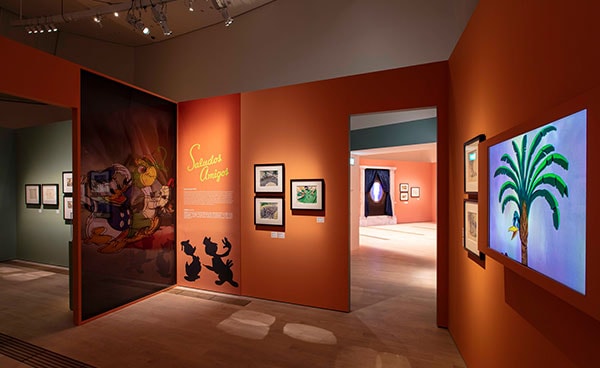
Celebrate the talented Disney animators who produced films that expressed a bold and brilliant variety of artistic styles with background paintings and concept art from films including Lady and the Tramp (1955), Sleeping Beauty (1959) and One Hundred and One Dalmatians (1961) that showcase the talents of artists who created diverse visual worlds. This chapter also charts the scientific advances that Disney has become known for and highlights some of the new production technologies developed by the Studio that were enabled by advances in global communications in the 1940s to 1950s.
During the same time period, the Studio continued to develop numerous new production technologies as they sought to achieve even higher quality in their films.


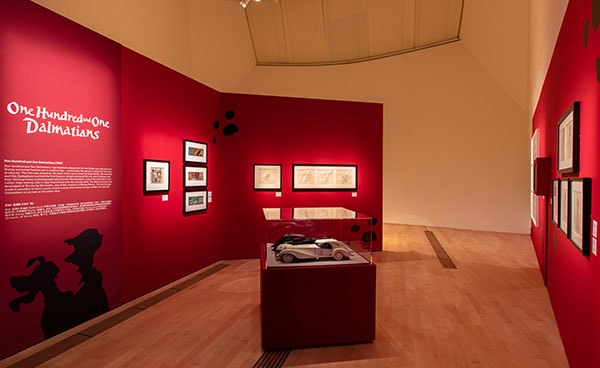



The digital revolution of the 1990s provided an additional source of inspiration for Disney artists, who are constantly looking for novel ways of making films. With the advancement of computer graphics technologies, coupled with the involvement of leading Broadway songwriters, Disney's films began to move beyond the world of animation to explore new musical possibilities, evoking powerful emotions in its audience.
Featured in this section of the exhibition are colour scripts and concept art from the striking films of this era, including The Little Mermaid (1989), Beauty and the Beast (1991), The Lion King (1994), Pocahontas (1995), Mulan (1998) and Tarzan (1999).
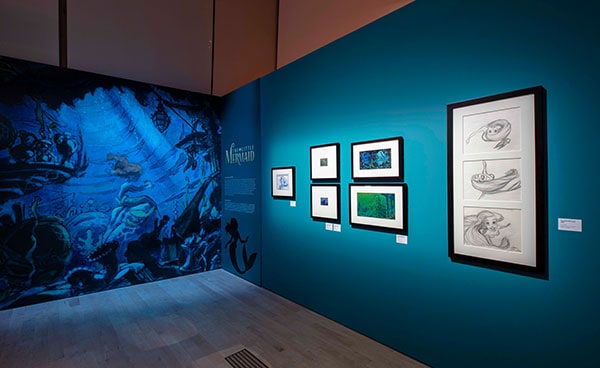


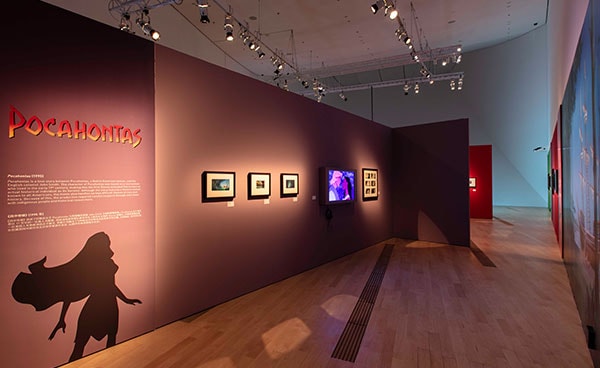

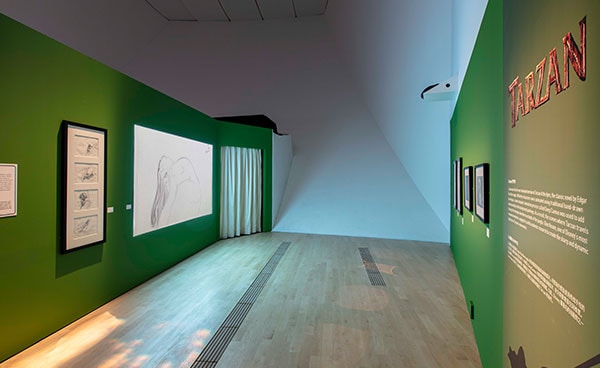
As Disney’s animated films shift from pencil and paper to stylus and tablet, and as the world continues to evolve, Disney films continue to incorporate contemporary ideologies, weaving them into the narrative of the stories.
The final section of the exhibition, Bringing People Together, conveys impactful messages that build on social values, such as the importance of family bonds, cultural diversity and respect for nature, which includes films like Wreck-It Ralph (2012), Frozen (2013), Big Hero 6 (2014) and Moana (2016). The highlight of this section is the assortment of never-before-seen original artworks from Frozen 2.
